Scientist of the Day - Isambard Kingdom Brunel
Isambard Kingdom Brunel, a British civil engineer, died Sep. 15, 1859, at age 53. Son of the equally famous Marc Isambard Brunel, the younger Isambard got his engineering feet wet on the construction of the Thames Tunnel, which he began to supervise at age 20. Before the Tunnel was completed, Brunel was appointed engineer for the Great Western Railway, a project to build a rail line from London to Bristol, allowing passage from there to New York. This Railway, using 7-foot wide track and high-speed Iron Duke Class locomotives, was running trains by 1838, and the final bridges (which Brunel also designed) were completed in 1859. Brunel also designed the largest steam-powered ocean-going vessels ever built; he did this three times, with the SS Great Western (1837), Great Britain (1843), and Great Eastern (1858). The latter, almost 700 feet long and capable of steaming around the world without refueling, was a financial disaster, but it did succeed in laying the first Atlantic cable in 1866. Brunel did not live to see it.
The photograph of Brunel, standing by the mooring chains of the Great Eastern in 1857, was taken by Robert Howlett and is perhaps the most iconic photograph in the history of engineering. The other images show, in order): the Great Eastern under construction (also a Howlett photograph); the Great Eastern at sea (from an 1866 book on the laying of the Atlantic cable); the Royal Albert Bridge of the Great Western Railway, designed by Brunel, under construction, from an 1861 book on bridges; and the completed bridge, from an 1870 biography of Brunel.
Dr. William B. Ashworth, Jr., Consultant for the History of Science, Linda Hall Library and Associate Professor, Department of History, University of Missouri-Kansas City. Comments or corrections are welcome; please direct to ashworthw@umkc.edu.

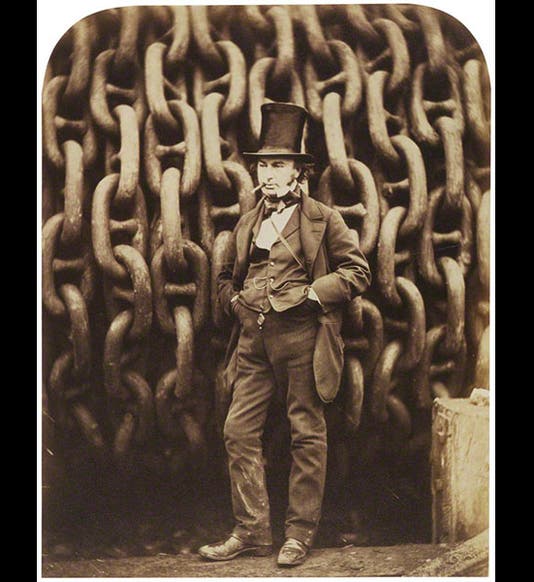
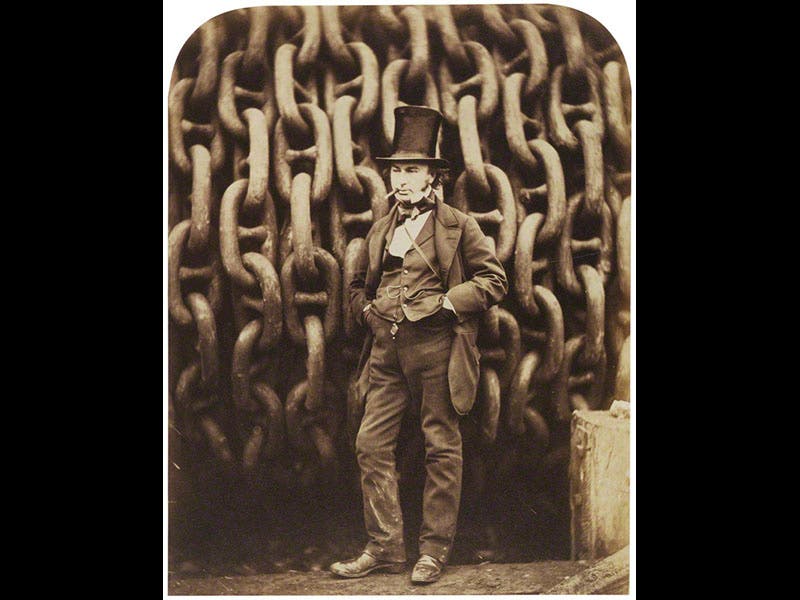

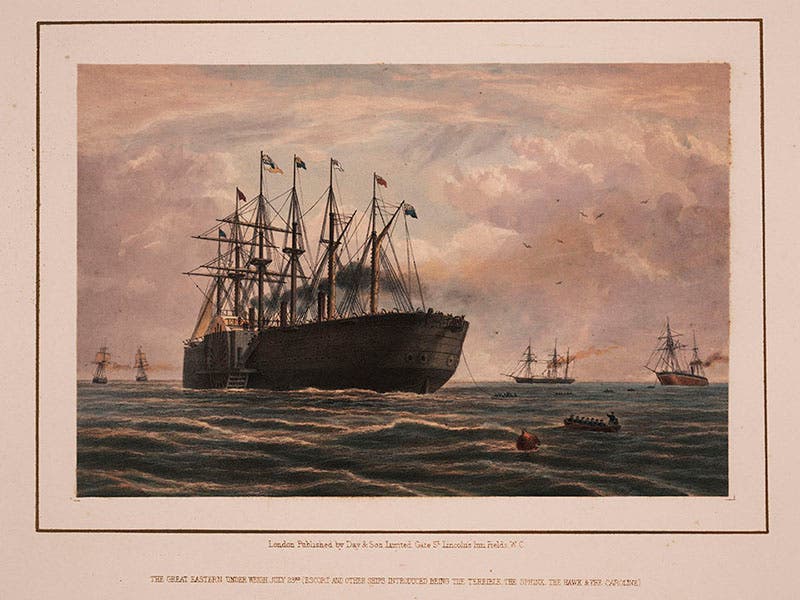
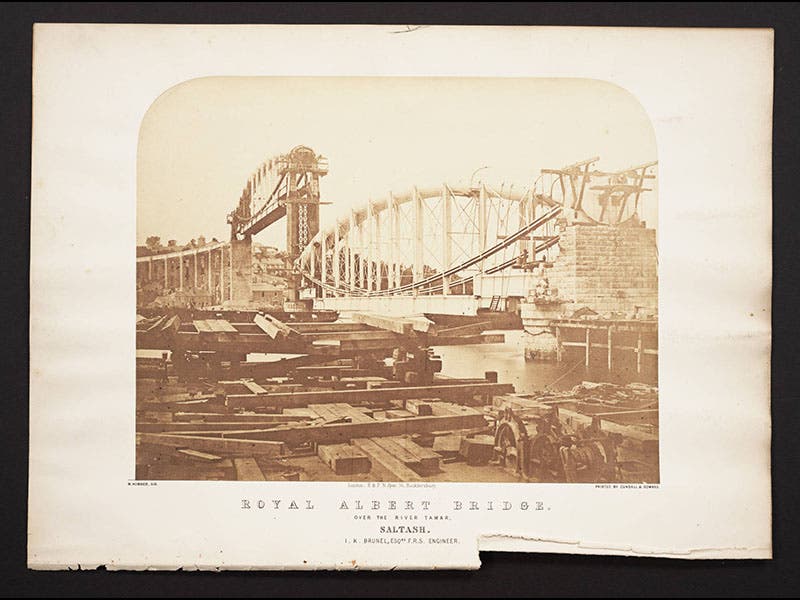
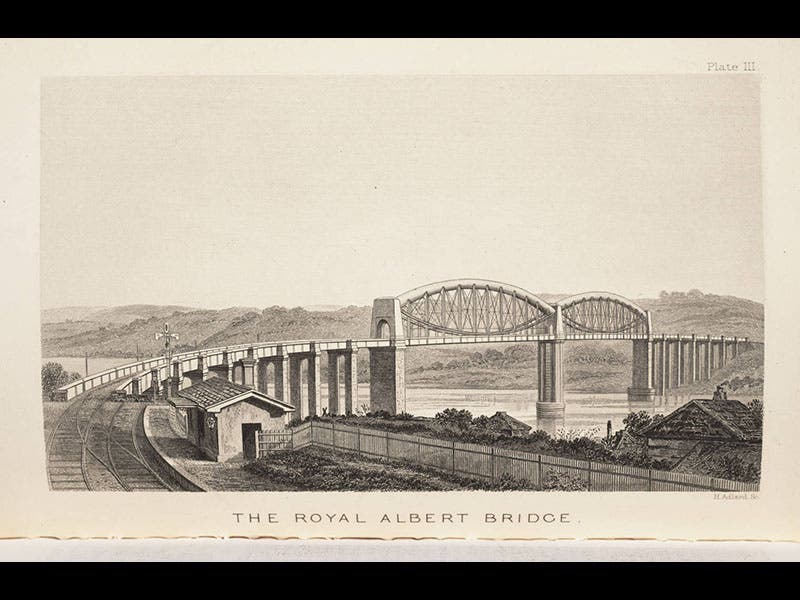


![Using an astrolabe to measure the depth of a well, woodcut in Elucidatio fabricae vsusq[ue] astrolabii, by Johannes Stöffler, 1513 (Linda Hall Library)](https://assets-us-01.kc-usercontent.com:443/9dd25524-761a-000d-d79f-86a5086d4774/a998eb50-55d2-4a88-ace2-a50aa5fa86e7/Stoffler%201.jpg?w=210&h=210&auto=format&fit=crop)

